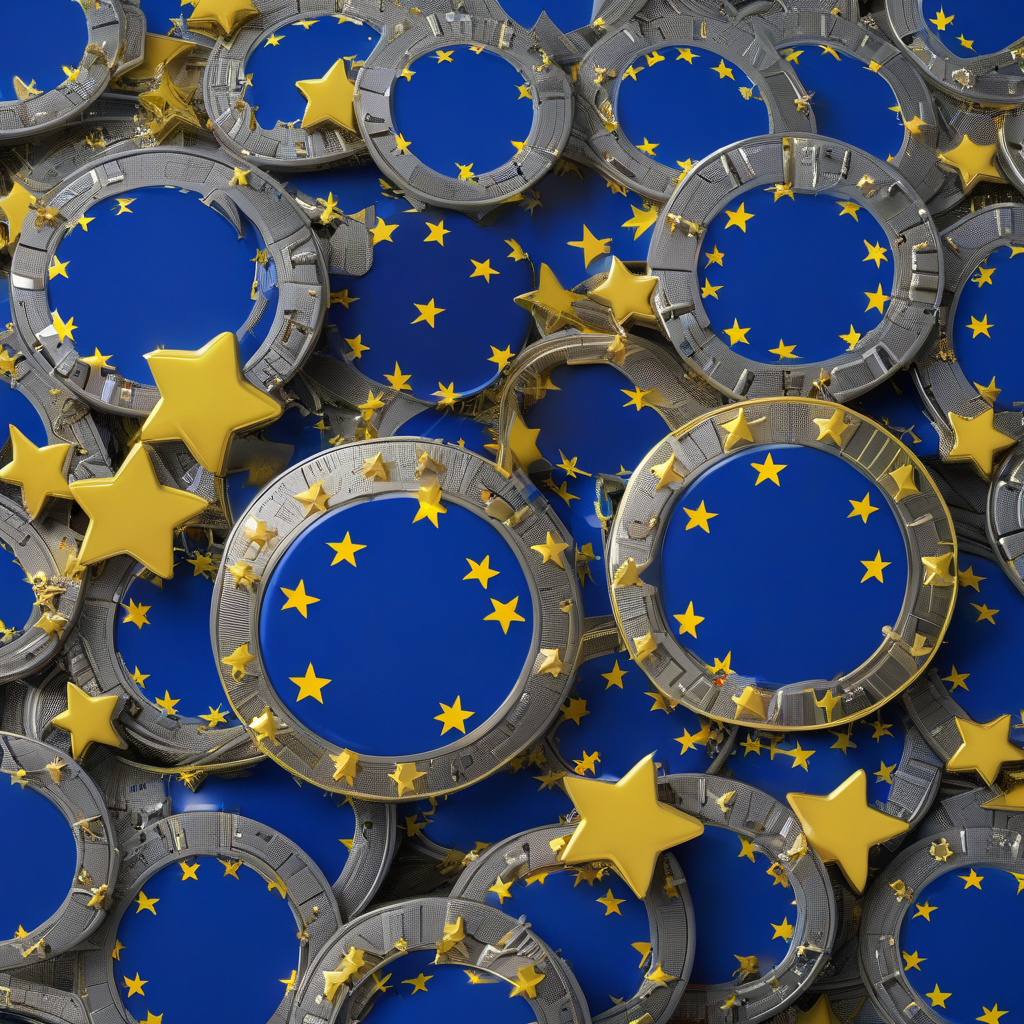EU and Australia Take Different Approaches to AI Regulation
Artificial Intelligence (AI) has become a powerful force driving innovation and transformation across various industries globally. As this technology continues to advance rapidly, governments around the world are grappling with the challenge of regulating AI to ensure its responsible and ethical use. Two significant players in this regulatory landscape are the European Union (EU) and Australia, each taking a distinct approach to AI regulation.
In the EU, policymakers have taken a proactive stance by introducing the AI Act, a comprehensive regulatory framework aimed at governing the development and deployment of AI systems. The AI Act imposes strict obligations on AI developers and users, particularly those involved in high-risk AI applications such as biometric identification and critical infrastructure management. By adopting a risk-based approach, the EU aims to enhance transparency, accountability, and oversight in the AI sector to mitigate potential harms and protect the rights of individuals.
On the other hand, Australia has opted for a more gradual and flexible approach to AI regulation. Instead of imposing mandatory requirements from the outset, the Australian government is introducing voluntary standards and proposed guardrails to guide the ethical use of AI technologies. This phased approach allows industry stakeholders to adapt to the evolving regulatory landscape while fostering innovation and competitiveness in the AI market. By starting with voluntary measures, Australia aims to strike a balance between encouraging AI development and safeguarding public interests.
While the EU’s stringent AI regulations prioritize risk mitigation and compliance, Australia’s more lenient approach emphasizes industry engagement and self-regulation. The EU’s approach reflects a top-down regulatory model that sets clear boundaries for AI applications, ensuring a high level of protection for consumers and vulnerable groups. In contrast, Australia’s bottom-up approach promotes collaboration between government, industry, and civil society to co-create standards that reflect the country’s unique socio-economic context.
Despite their divergent paths to AI regulation, both the EU and Australia share common goals of fostering innovation, protecting consumer rights, and upholding ethical standards in the AI sector. By enacting robust regulatory frameworks, these jurisdictions aim to build trust in AI technologies, stimulate investment in research and development, and promote responsible AI deployment across diverse industries.
As AI continues to reshape the global economy and society, the regulatory choices made by governments will have far-reaching implications for technological advancement, business practices, and societal well-being. The EU’s risk-based approach and Australia’s gradual regulatory evolution offer valuable insights into the complex interplay between innovation, regulation, and ethical governance in the AI era. By navigating the regulatory challenges effectively, policymakers can harness the full potential of AI while minimizing risks and maximizing benefits for all stakeholders.
In conclusion, the EU and Australia are taking distinct but complementary paths to AI regulation, reflecting their unique policy priorities and approaches to governance. As AI technologies become increasingly embedded in our daily lives, finding the right balance between innovation and regulation will be critical to shaping a sustainable and human-centric AI ecosystem for the future.
AI, Regulation, EU, Australia, Innovation












